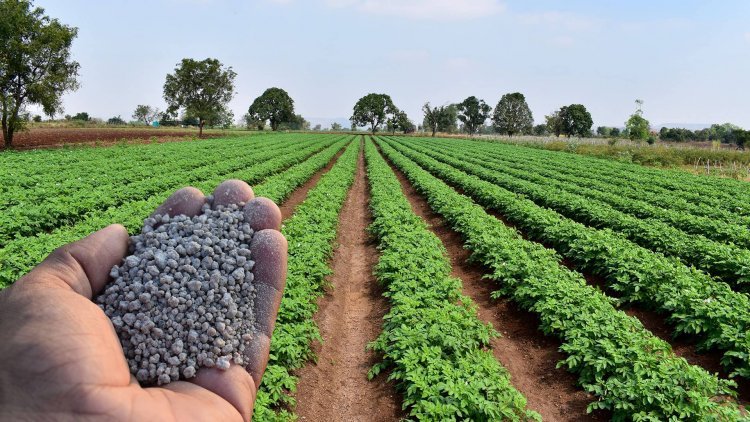- Courses
- GS Full Course 1 Year
- GS Full Course 2 Year
- GS Full Course 3 Year
- GS Full Course Till Selection
- Answer Alpha: Mains 2025 Mentorship
- MEP (Mains Enrichment Programme) Data, Facts
- Essay Target – 150+ Marks
- Online Program
- GS Recorded Course
- Polity
- Geography
- Economy
- Ancient, Medieval and Art & Culture AMAC
- Modern India, Post Independence & World History
- Environment
- Governance
- Science & Technology
- International Relations and Internal Security
- Disaster Management
- Ethics
- NCERT Current Affairs
- Indian Society and Social Issue
- NCERT- Science and Technology
- NCERT - Geography
- NCERT - Ancient History
- NCERT- World History
- NCERT Modern History
- CSAT
- 5 LAYERED ARJUNA Mentorship
- Public Administration Optional
- ABOUT US
- OUR TOPPERS
- TEST SERIES
- FREE STUDY MATERIAL
- VIDEOS
- CONTACT US
Delhi Sees Its First ‘Poor’ AQI Day Post-Dussehra
Delhi Sees Its First ‘Poor’ AQI Day Post-Dussehra
14-10-2024
- On 13th Oct, day after Dussehra celebrations. Delhi's air quality took a dip from ‘moderate’ to ‘poor’.
- This change in air quality marks the latest first occurrence of a ‘poor’ air quality day in October since 2015, excluding the pandemic year.
Air Quality Index (AQI) Update:
- On 13th Oct, the AQI reached 224, indicating poor air quality, according to the Central Pollution Control Board (CPCB).
- In comparison, the 2023 AQI dropped to 212 as early as October 6. Previous years showed similar trends:
- 2022: AQI was 211 on October 5.
- 2021: The first poor AQI day was much later, on October 16 (AQI of 284).
- This year’s delayed arrival of poor air quality is noteworthy as it reflects better air quality management in the capital.
Forecast and Monitoring:
- Forecasts from the India Meteorological Department and the Indian Institute of Tropical Meteorology (IITM) suggest that air quality may improve and return to the ‘moderate’ category soon, with a clearer sky expected for the upcoming days.
- The IITM predicts that the air quality will remain moderate until at least 16th oct.
- The Commission for Air Quality Management (CAQM) said that they would closely monitor the situation before implementing Stage I of the Graded Response Action Plan (GRAP).
- This plan includes various measures to tackle air pollution in the National Capital Region (NCR).
What is a Graded Response Action Plan (GRAP)?
Implementation
Revised MeasuresThe GRAP categorizes air quality levels into stages, each prompting specific actions:
|
Current Air Quality Status:
- Despite the Dussehra celebrations, Delhi's Environment Minister mentioned that air quality remained relatively clean.
- By October 12, Delhi had experienced 200 days of ‘good’, ‘moderate’, or ‘satisfactory’ air quality, indicating a potential trend towards cleaner air.
Residue Burning Concerns
- However, challenges remain. The National Capital has seen six cases of paddy residue burning from North Delhi, the highest since 2020 for this period.
- On a broader scale, satellites detected 339 burning events across Punjab, Haryana, Uttar Pradesh, and Delhi, bringing the total to 1,744 for the same time frame in these states.
IMPORTANT FACTS FOR PRELIMSWhat is the Air Quality Index (AQI)?
What is the Role of the Central Pollution Control Board (CPCB)?
|




